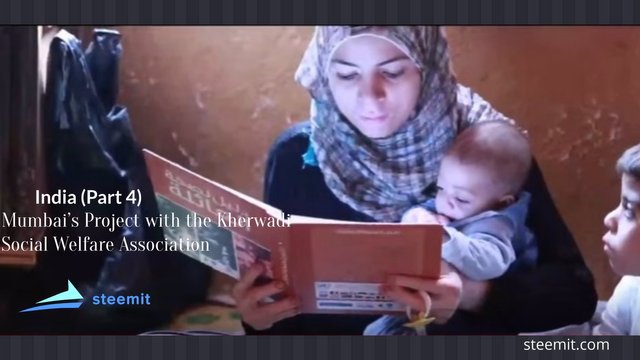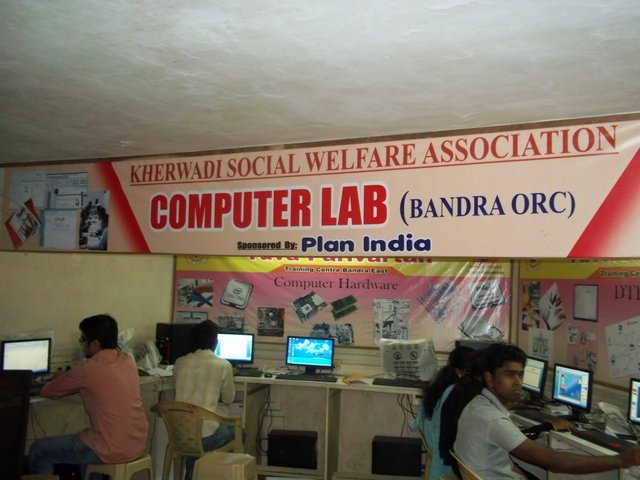India (Part 4): Mumbai’s Project with the Kherwadi Social Welfare Association
Kherwadi Social Welfare Association specialize in vocational training.

Kherwadi’s Vocational Training Centre (and the children’s club) impressed me enormously. The Centre is called ‘Second Chance’ in the Marathi language and has already graduated 730 adolescents in its first two years, 80% female – despite the difficulty of persuading Muslim parents to allow their daughters to leave the house.
Vocational courses range from one week to six months. The longer ones include ‘capsule English courses’ which are related to the profession the students are learning.
Some of the longer courses are: computer familiarization and office software training (Word, PowerPoint, Excel); retail; esthetics (beautician), chef, mechanic, tailoring, and nursing assistant. They go on for two hours each day and last four to six months.
Nursing assistant is the longest course, at six months, with practicums in the hospital.
Software training, I believe, lasts four months. I asked a dumb question: how are the Microsoft Office programs useful for getting a job? (They’re considered a baseline competency , not a specialization, in Canada.) I was immediately told ‘data entry’. I used to work in a Canadian bank in systems for years and our data entry had long been replaced by software programs and, elsewhere, by bar codes. Although bar codes exist in India, our hotel and local garment shop still used enormous ledgers to enter material by hand.
Kherwadi Social Welfare Association also concerns itself with finding job placements, ‘market link-ups’, as they call them. This seemed a great idea: it helps to overcome the problems associated with adolescent timidity and lack of sophistication.

In a way it is fortunate that only 20% of graduates are boys. Once trained, the boys do not stay in work for long. They have grown up without the discipline of sitting in one place for seven or eight hours and complain that they feel imprisoned. Girls, on the other hand, have had almost no free time as they grew up, combining the drudgery of domestic chores with school.
Sensitization programs are held for girls. They teach that I don’t have to be my mum, always sitting at home, and I should think about the future. Exhibitions and street plays put on by the children in the children’s clubs emphasize the future.
The computer lab has 15 up-to-date computers. (The government school computer labs do not work, so the Plan-funded school may be the first time these children encounter a computer.)
Muslim families are initially resistant to the idea of their daughter leaving the home to work. But a job in retail is relatively well-paid – 6,500 rupees monthly ($130) and more than doubles family income. Neighbours are impressed, the family gains status, and the girl becomes more marriageable. So the initial attitude of the parents is undergoing a natural evolution.
If the parents remain intransigent about the girl going out to work, there are still jobs that they can do in the home, such as expert tailoring. But increasingly the daughter is pressing more and more for her rights.
I loved this vocational school. In a slum cluster of 2,000 households, 730 graduates in the first 2 ½ years is a real achievement.